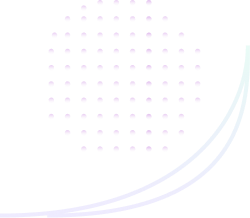Our Training Module
Manual QA



Familiarize yourself with the different phases of the software development lifecycle, including requirements gathering, design, development, testing, deployment, and maintenance.
1
Foundation Step I
Learn the fundamentals of software testing, including the importance of testing, types of testing, testing methodologies, and the role of QA in ensuring software quality.
2
Foundation Step II
Explore various testing techniques such as black-box testing, white-box testing, functional testing, non-functional testing, regression testing, and usability testing.
3
Foundation Step III
Understand the process of test planning, including identifying test objectives, defining test scope, creating test plans, and documenting test cases and test scenarios.
4
Intermediate Step I
Learn how to execute test cases systematically, following predefined test procedures and verifying software functionality against expected results. Familiarize yourself with popular test case management tools such as TestRail, HP ALM (Application Lifecycle Management), JIRA, or Zephyr, to organize and manage test cases effectively.
5
Intermediate Step II
Gain knowledge of defect management processes, including logging defects, tracking defect status, prioritizing defects, and collaborating with developers to resolve issues.
6
Intermediate Step III
Learn how to generate test reports, providing insights into test coverage, test execution results, defect trends, and overall software quality metrics. Stay updated with the latest trends, tools, and techniques in software testing through blogs, forums, webinars, conferences, and online courses.
7
Intermediate Step IIV
Understand the importance of setting up a test environment that closely resembles the production environment, including hardware, software, and network configurations.
8
Expert Step I
Explore exploratory testing techniques, where testers explore the software application freely to uncover defects, usability issues, and areas for improvement. Continuously refine your testing skills through practice, feedback, and collaboration with peers and mentors.
9
Expert Step II
Learn how to perform risk-based testing, identifying high-risk areas of the software application and prioritizing test efforts accordingly to mitigate potential risks.
10
Expert Step III


Get In Touch
Have any Query In your Mind?
We’re here to help! If you have any questions, comments, or concerns, please don’t hesitate to reach out to us using the form below. Our dedicated team will get back to you as soon as possible.
For Any help
+91-9027484435
Mail us 24/7
hirerekrut@gmail.com


